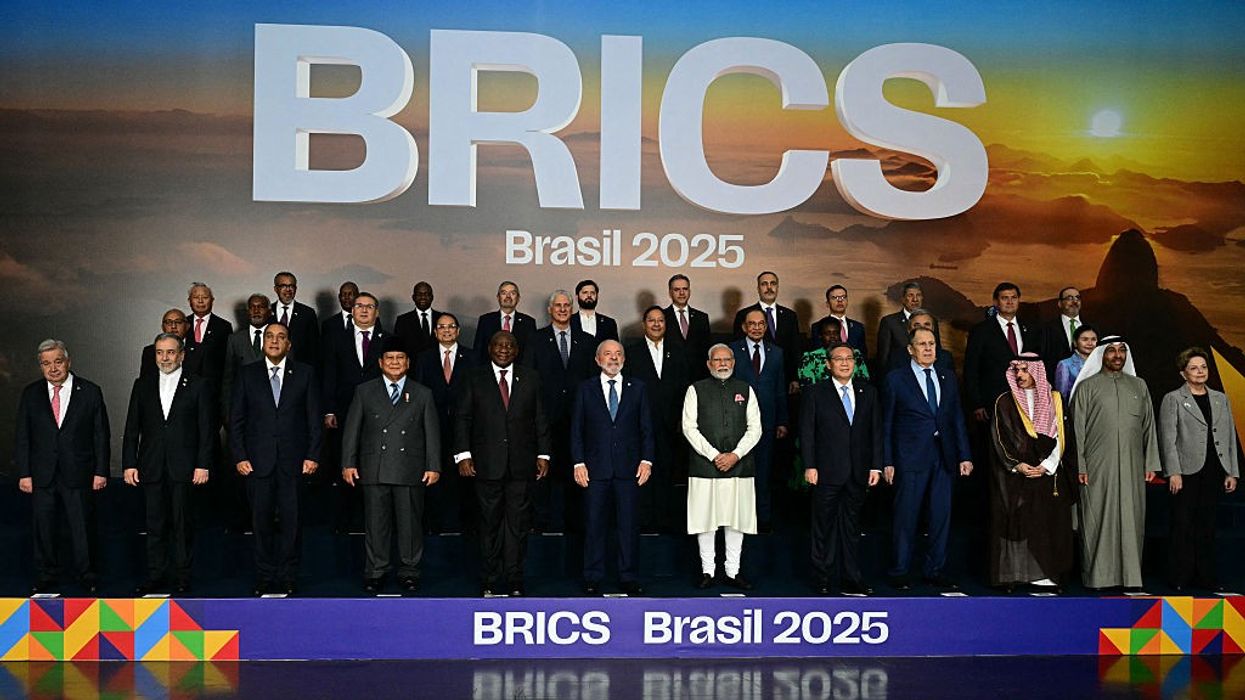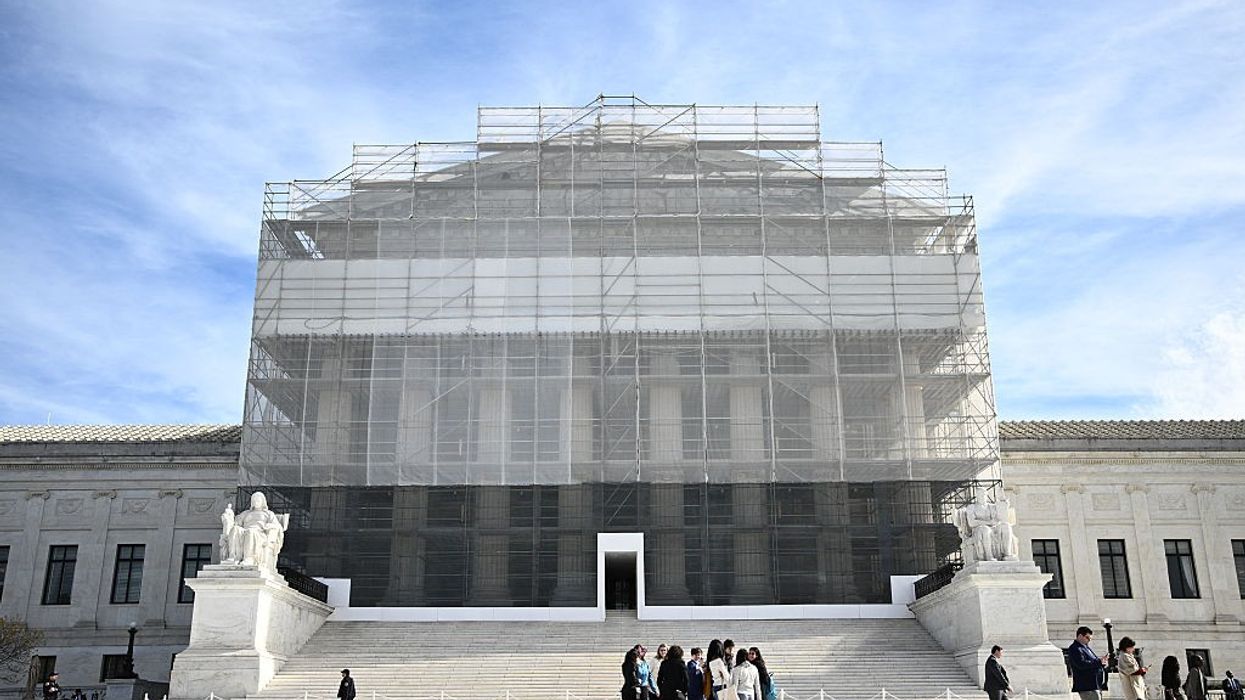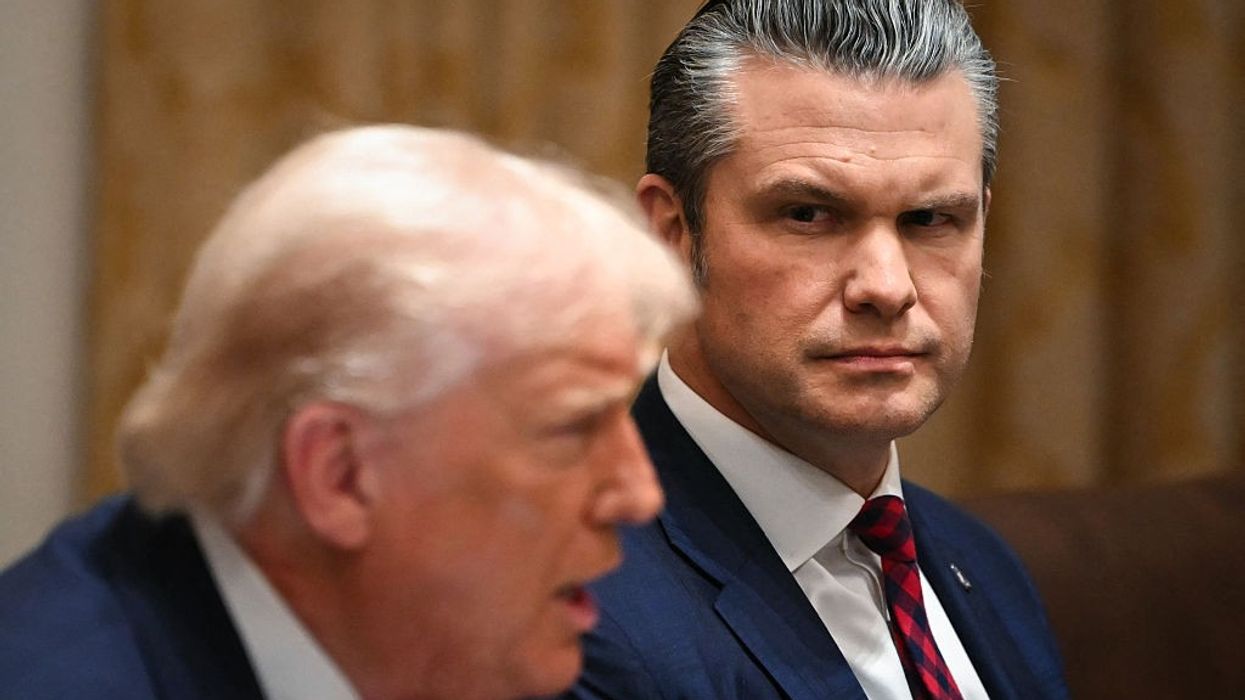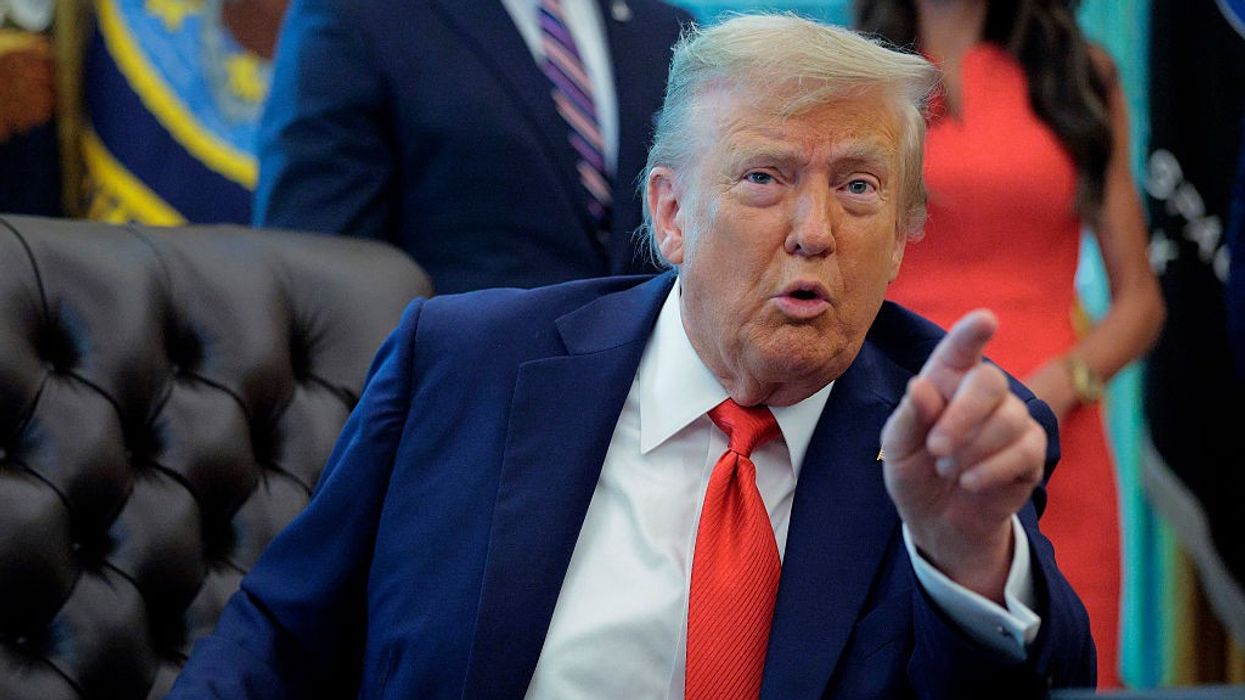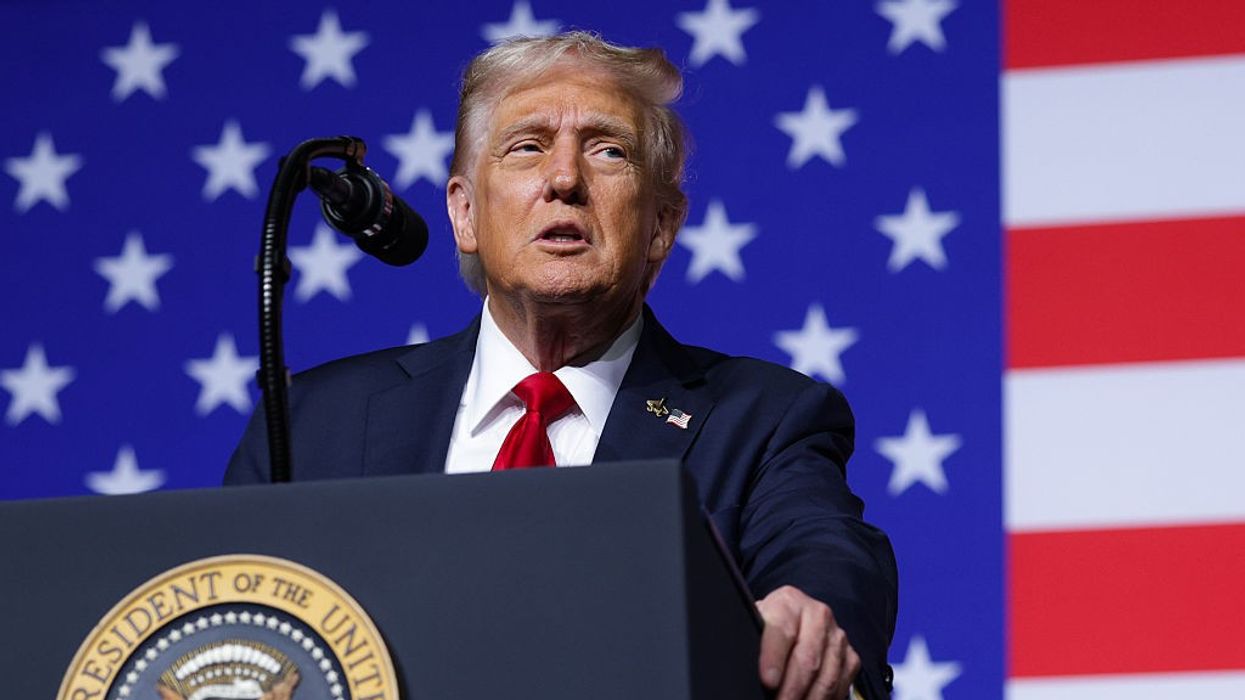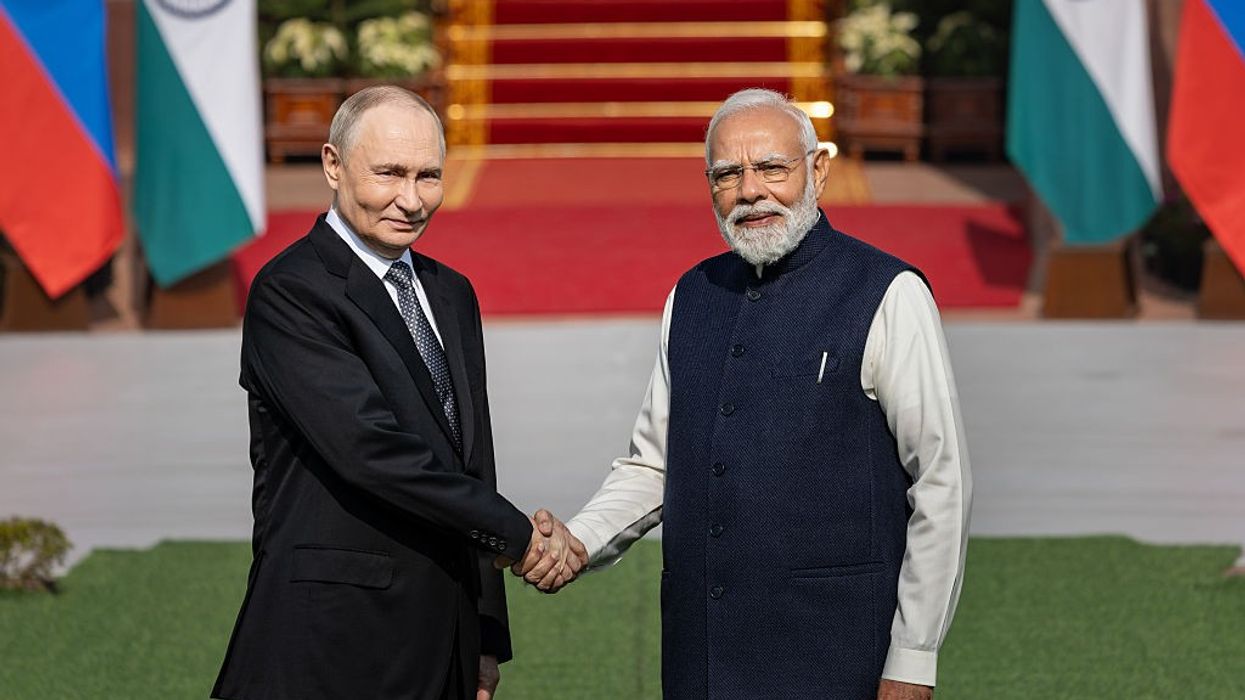Highlights:
- Trump called BRICS’ de-dollarization plans an “attack on the dollar.”
- He claimed his tariff threats made countries pull out of Brics.
- Trump said the dollar’s dominance was secured after his 2024 election win.
- He warned of 100 per cent tariffs on BRICS nations supporting a new currency.
President Donald Trump has again targeted the Brics group, calling its move to reduce reliance on the US dollar an 'attack on the dollar.' Speaking to reporters on Tuesday (14), Trump said his earlier threats to impose tariffs had already led some Brics members to abandon the idea of creating a common currency.
Trump says tariffs stopped an attack on the dollar
US President Donald Trump escalated his rhetoric against BRICS, calling its plans to de-dollarize “an attack on the dollar.” Speaking to reporters on Tuesday, he argued that his tariff threats had made nations “drop out” of the grouping and abandon discussions about a common currency. “I told anybody who wants to be in BRICS, that’s fine, but we’re going to put tariffs on your nation,” Trump said, claiming that “everybody dropped out” of the organization and “they don’t even talk about it anymore.”
Trump made the comments during a lunch meeting with Argentine President Javier Milei, reiterating that the dollar’s global dominance would not have survived without his 2024 election victory. He warned that nations joining or supporting Brics could face 100 per cent tariffs on exports to the United States.
Is BRICS expansion a threat to the US?
The BRICS bloc, which originally was a group of Brazil, Russia, India, China, and South Africa, has expanded to ten members, now including Egypt, Ethiopia, Iran, the UAE, and Indonesia. Ten other countries, such as Belarus and Bolivia, are partner states, and around ten more, including Pakistan and Sri Lanka, have applied to join. The bloc’s rapid expansion has unsettled Washington, which views it as an attempt to create a multipolar economic system less reliant on the dollar.
Was it really an ‘attack’ on the dollar?
Economists have been divided on whether the BRICS initiative truly posed a threat to the dollar. Analysts from the Committee for the Abolition of Illegitimate Debt (CADTM) note that while “de-dollarization” has become part of BRICS rhetoric, the bloc made no collective progress toward establishing a common currency or a financial system that could rival the US dollar.
The US dollar remains the dominant global reserve currency, accounting for roughly 58 per cent of global foreign exchange reserves in 2025, down only slightly from 59 per cent in 2022, according to IMF data. Moreover, nearly 84 per cent of global trade continues to be settled in dollars, underscoring its continuing hegemony despite geopolitical efforts to diversify.
India distances itself from de-dollarization.
India has repeatedly emphasized that it does not support any move to undermine the dollar. External Affairs Minister S. Jaishankar earlier stated that New Delhi “has no interest” in weakening the American currency, reaffirming that the US remains India’s largest trading partner. India instead advocates for a balanced global financial system that maintains cooperation between major economies.
How are tariffs and global trade going to work?
Trump’s renewed tariff warnings could reshape global trade relations. His proposed 100 per cent tariffs on BRICS members and potential 10 per cent levies on all imports from “anti-American” economies may test US relationships with emerging markets. The International Monetary Fund projects global growth at 3.0 per cent for 2025, with trade tensions posing one of the most significant downside risks.
While Trump’s claim that countries are dropping out of BRICS remains unverified, economists agree that his policies signal a tough return to protectionism and a continuing political fight over who controls the world’s financial future.
